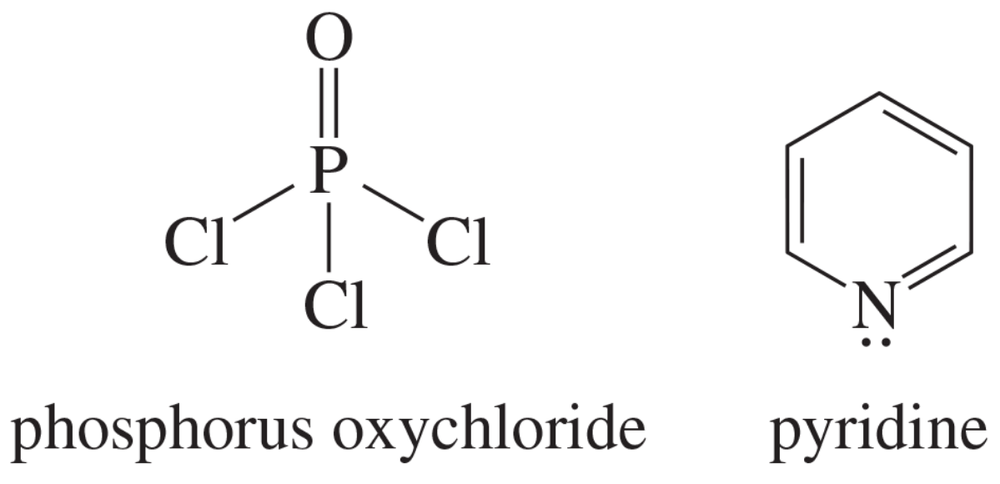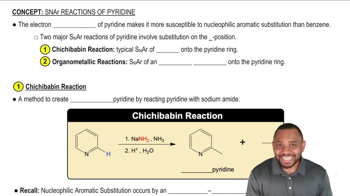Textbook Question
What alcohol would you treat with phosphorus oxychloride and pyridine to form each of the following alkenes?
a.
b.

 Verified step by step guidance
Verified step by step guidance Verified video answer for a similar problem:
Verified video answer for a similar problem:



 1:23m
1:23mMaster General Reaction of Dehydration with POCl3 with a bite sized video explanation from Johnny
Start learning